Today I thought I would make a post regarding bread baking. Our summer is pretty much done, and it seems that bread baking is just the perfect post for a rainy July day!
I do not know how much y'all bake, but I cannot encourage it enough! It takes a few tries, but the reward, in cost, flavor and health, are MORE than worth it. It is not hard, it just takes a bit of practice. At some point I can post an entire start-to-finish process if y'all like, but I thought this time I would offer tips to make this process easier.
Bread can be made with only four ingredients: yeast, water, salt, and flour. Nothing else is required to make bread. However, when you make bread with only these four ingredients, you need to incorporate time in order to fully develop flavors of bread.
However, if you are starting out, creating that sort of "artisan bread" can be a bit daunting. I am still trying to learn how to do it! So let's start with an enriched bread.
In enriched bread, you add ingredients for flavoring and for conditioning the "crumb" (making it more soft and sponge-like and less crumbly).
First tip: Convenience! This works for any recipes that you use often enough to use, but not often enough to commit to memory: tape them to the inside of your cabinets! I have my top bread recipes printed out and taped to my "baking cabinet". In my baking cabinet, I have my recipe box, measuring cups, various flours, sugar, baking soda, etc. It does not have all my baking items--they would not fit. But most of my items are right there :-)
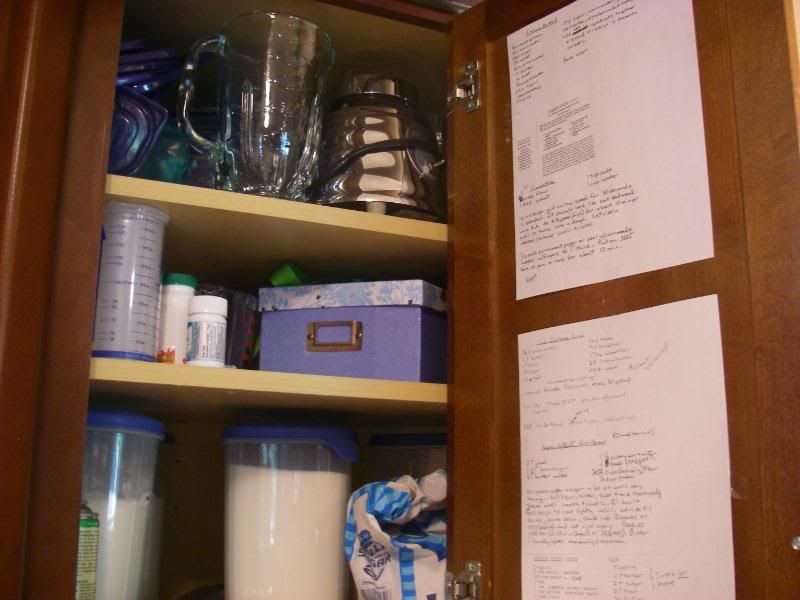
Second Tip: Salt. Do not forget the salt or omit it. It makes the bread taste terrible and is necessary for the yeast to work correctly. I have tried it before (on accident). If you are on a salt restricted diet, ask your doc, but the amount (usually 1-2 tsp) is so small when distributed throughout the whole loaf that you are not getting very much at all.
Third Tip: Powdered Milk. This gives bread a creamy, smooth texture and mouth feel. It is truly amazing what it does to bread. I usually put two to four of these heaping soup spoons in my bread recipe.
Fourth Tip: Oil. Oil also makes the crumb smooth and the mouth feel pleasant. I use butter at times, which is wonderful, but I find that the extra light olive oil works wonderfully.

You can also get wheat gluten in bulk. It is MUCH cheaper. Safeway's bulk bin where I am carries Bob's Red Mill in their bulk bins (which is funny because the Bobs Red Mill in the baking section in boxes is VERY expensive, but you can get the same thing cheaper in the bulk bins!). I buy quantities of it and keep it in a rubbermain container in my fridge.

Sixth Tip: WETTER IS BETTER! This might be the most important tip of them all. I learned it from SHAW when she worked at a bakery. Dry dough means a dry bread. Wet dough means a moister bread. If you have been making "bricks", this is probably why (though another reason can be that the yeast is dead or killed with too hot of water, or that there has not been enough gluten development).
The top picture is dry dough. You can see the flour that still needs to be incorporated, and the dough looks and feels stiff. It is not smooth, but rather like chunky oatmeal.
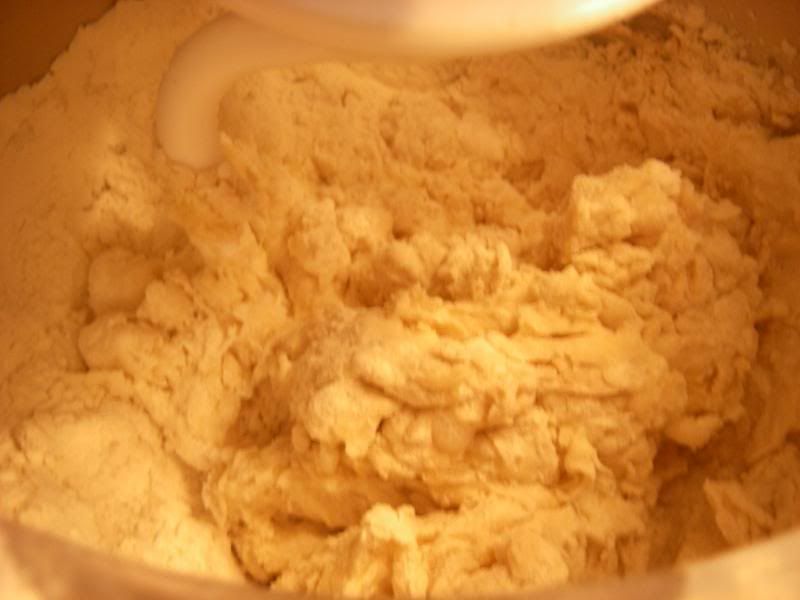
This second picture shows two things: a wetter dough and some gluten development. Gluten is a protein found in wheat, and it creates long strings which form sort of a "web" to trap the gas bubbles that the yeasts are creating when they digest their food. When you have good gluten development, you can trap more gas. This creates a more airy texture and a pleasing mouth feel. Dry dough prevents good "netting", creating bread that is tough, dry, crumbly, dense, and heavy. This is really a pretty wet dough and you can have a slightly drier dough, but it is better to err on the side of wet than on the side of dry.
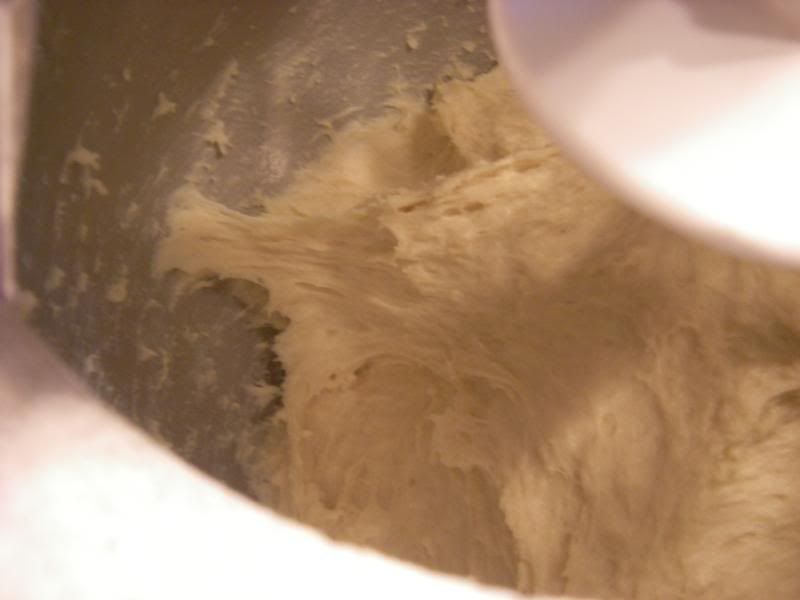
Seventh Tip: Forget following the recipe exactly! Now, the thing with breads is that they are very forgiving in some ways--you can add and subtract ingredients with almost total abandon. HOWEVER, the problem with bread RECIPES is that they are only a GUIDE. If you are a strict recipe follower, you need to probably get out of that habit with breads. The problem is that different brands of flour, when and where it was packed and stored, and your house humidity GREATLY affect how much water your bread will need. In dry climates, during a dry day, adding other dry ingredients, or using a whole grain flour will require MUCH more water than flour that is already holding some water from the air. Rely on FEEL, not on recipe amounts. You can always add a little more water or flour to create a damper dough.
Eighth tip: do not overproof your bread. That means when you are letting the bread rise for the second time, do not let it go "just to see how big it will get". It will look big and beautiful and incredible until it is baked...then it will sink and sag like a depressed mushroom.
Ninth Tip: Buy yeast at a warehouse club. Yeast is mind boggling expensive in regular grocery stores compared to warehouse clubs. I can get two pounds of yeast for LESS than I can get a few ounces in a jar at the grocery store! They are vacuum packed and have lasted on my shelf for years, unopened. Or you can store them in the freezer. I refrigerate mine when I open them.
I am sure there are many more tips that I can think of, but this will get us started anyway :-). I am considering going through various "easy to make, but looks hard" things that can help us create healthier lives for our families and save us money as well. Let me know if you have any questions or want to see something posted here!

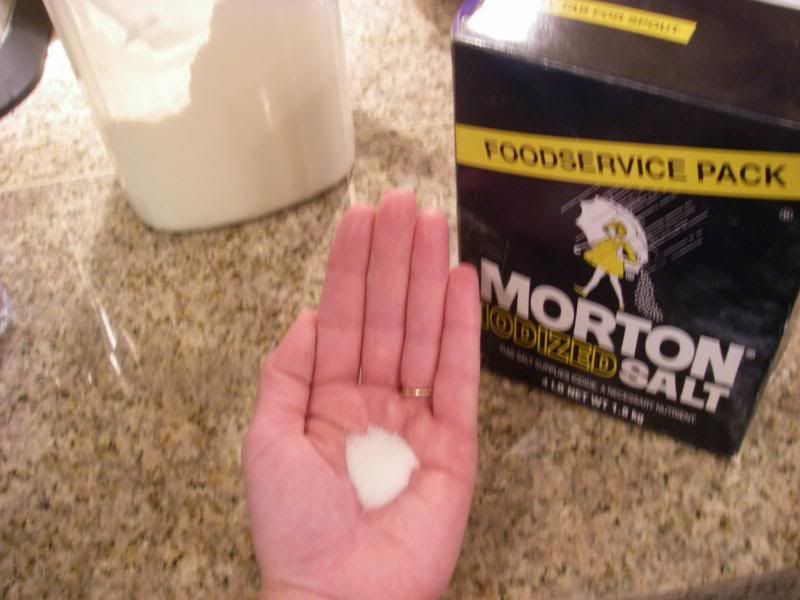
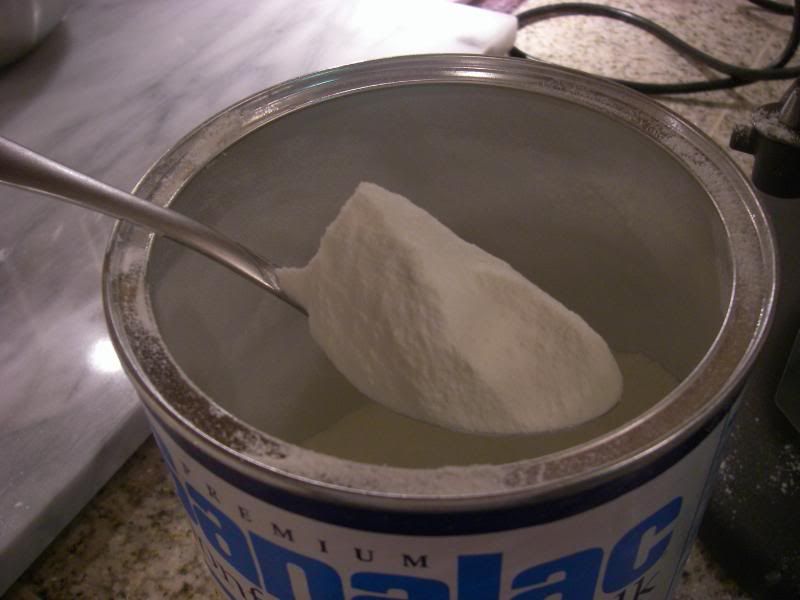



2 comments:
That was a wonderful post! I love baking bread!
I buy my yeast in bulk at a Mennonite store and I have some in my freezer that I've had for over 5 years and it is still making wonderful bread! I pay 3.29/lb. buying in bulk. Which translates into about 17.00 if I bought the same pound in the grocery store.
Hi Trish!
WOW that is an excellent deal! I get mine from Sam's. I have also used the sourdough from King Arthur, but that is pricey unless you keep it going (everytime you grow it, it reduces in price). I grow it, use part, and save part.
I even tried making fake sour dough bread from citric acid (the sour stuff on candy!). It was kind of funny, but it worked!
Post a Comment